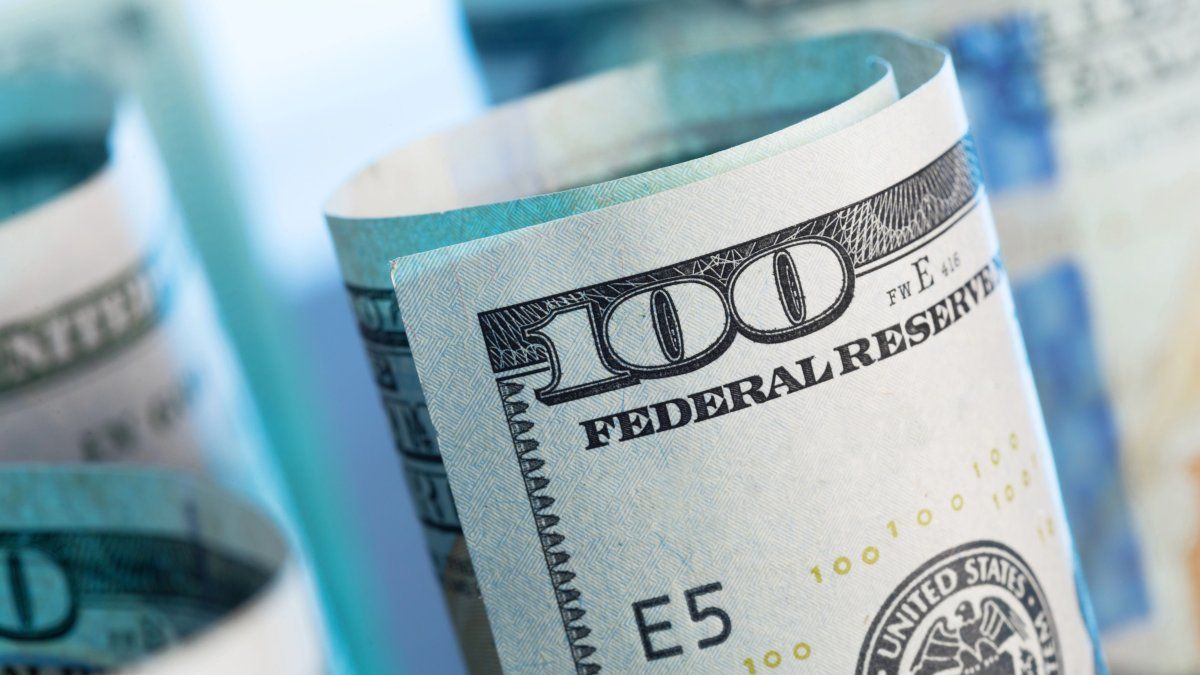Therefore, they state that Argentina still has to develop a solid fiscal consolidation plan in the medium term and that it lacks a monetary strategy/anchor. Of course, both issues are linked. And they anticipate that the recent acceleration in the depreciation of the peso and some adjustment in regulated prices in February will help keep inflation high in the coming months.
For example, Alberto Ramos of Goldman Sachs points out that “despite extensive and increasingly extensive formal and informal price control mechanisms (including the exchange rate), high inflation is now deeply entrenched and entrenched in price mechanisms. formation of prices and salaries: 10 of the 12 groups of the CPI show annual inflation rates above 40%, with clothing and footwear (66.3%) and restaurants and hotels (65.8%) in the lead”. He points out that headline inflation has been above 30% per year for 43 consecutive months: an average of 47.2% per year between July 18 and January 22; with core inflation averaging 49.4% yoy even higher over the same period. “This attests to the significant imbalances in macroeconomic policies and the failure of the monetary authority to guarantee monetary control and achieve low and stable inflation,” Ramos said. Furthermore, a clear sign of widespread inflationary pressures is the fact that 7 of the 12 CPI groups recorded price increases of over 3% in January (with 6 over 4%). Although January’s CPI caused annual headline inflation to drop by 20 basis points, it did so to a still extraordinarily high level of 50.7%, while annual core inflation fell by 90 bps to 54% year-on-year. “For its part, regulated price inflation decreased by 310 bp; and with 34.6% year-on-year, it continues to register prices well below those freely established, helped by distorting controls on energy rates, tolls and collective rates, among others”, adds the people from Goldman. For her part, Débora Reyna of Oxford Economics focuses on the increase in Communications (7.5%) due to a rise in cell phone and internet bills, as well as food and non-alcoholic beverages. Even so, she maintains the estimate at 48% by the end of 2022 as general inflation becomes more rigid and hopes that the agreement with the IMF will impose positive real interest rates. “While the details of the understanding with the IMF are yet to be revealed, in our latest simulation exercise with a heavy impact on the policy rate of around 15 percentage points, we find that inflation will remain high through 2024 at around 30-35%, which shows that there is a long way for the country to stop rampant inflation.” For Banco Itaú economists Juan Barboza and Diego Ciongo, who are closer to the regional wind chill, the January reading that marks an increase in annualized quarterly inflation to 49.6% from 47.3% in December leads us to maintain the forecast of 60% annual for this year, mainly due to the necessary increases in the prices of public services and a depreciation weight faster. So they discount new rate hikes throughout the year.
Source: Ambito
David William is a talented author who has made a name for himself in the world of writing. He is a professional author who writes on a wide range of topics, from general interest to opinion news. David is currently working as a writer at 24 hours worlds where he brings his unique perspective and in-depth research to his articles, making them both informative and engaging.




